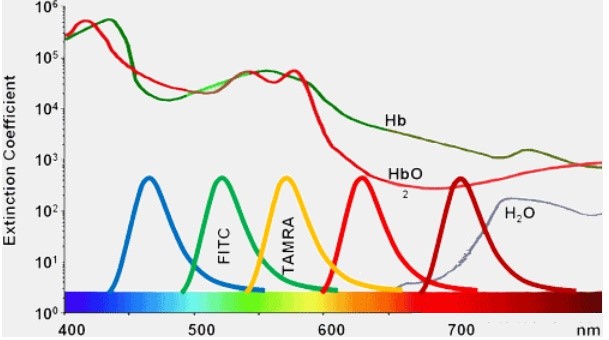Peptide fluorescent labeling
Peptide fluorescent labeling, peptide isotope, peptide custom synthesis, peptide fluorescent labeling how, peptide fluorescent labeling method, peptide fluorescent labeling what is?
Fluorescein isothiocyanate (FITC) is more active than carboxyfluorescein, which needs to be activated before use. FITC mainly reacts with sulfhydryl groups, such as the side chain of reduced cysteine, especially amino groups in peptides or proteins.
For many applications, it is easy to introduce fluorescent labeling of peptides during chemical synthesis. For example, during solid-phase synthesis, FITC can react with lysine (Lys) or selectively deprotected ornithine side chains, or with the n-terminal amino group of a peptide during synthesis. In the n-terminal labeling, it is recommended to introduce an alkyl spacer, such as aminoacetic acid (Ahx), between the last amino group and the thiourea bond formed by the reaction of isothiocyanate and amino group.
Link cutting requires an acidic environment, and the peptides labeled FITC at the n-terminal need to cyclide to form luciferin, usually accompanied by the removal of the last amino acid. However, this can be avoided when there is a spacer, such as amino acetic acid, or when the target peptide is cut off from the resin through a non-acidic environment.
Steric hindrance is thought to be the main reason for the use of Ahx before fluorescent dyes, rather than the reason why FITC cannot be directly coupled to the peptide. Ahx or b-Ala can be used as spacers for FITC-labeled peptides.

In general, dyes such as biotin and FITC can be arbitrarily labeled on the N-terminal or C-terminal of the peptide. However, we recommend n-terminal tagging for a higher success rate, shorter time, and simpler operation. Since the polypeptide is synthesized from the C-terminal to the N-terminal, the n-terminal modification is the final step of solid phase synthesis and no additional coupling step is required. In contrast, if it is a C-terminal tag, additional steps are required and the process will be more complicated.
We can provide more than 300 peptide modification services, including amination, acetylation, formylation, biotin, FITC labeled peptide, disulfide bond, phosphorylation, KLH, BSA, etc. Please call us to learn more about fluorescent peptide labeling services.
Omizzur Biotech custom peptide synthesis business includes: drug peptides, clinical peptides, stapled peptides, starch peptides, aldehydes peptides, cyclic peptides, disulfide bridging peptides, transmembrane peptides, various antimicrobial peptides, cosmetic peptides, phosphorylated peptides, PEG peptides, BSA and KLH coupling antigen peptides, peptide impurity synthesis,various acid modified peptides, various amine-modified peptides (aniline, isoamylamine, diethylamine), various fluorescent peptides. Labeled (FITC, FAM series, DOTA, TAMRA series, Cy series) isotope peptides, etc.
Copyright © 2020 Omizzur Inc | Terms & Conditions | Privacy Notice | Sitemap